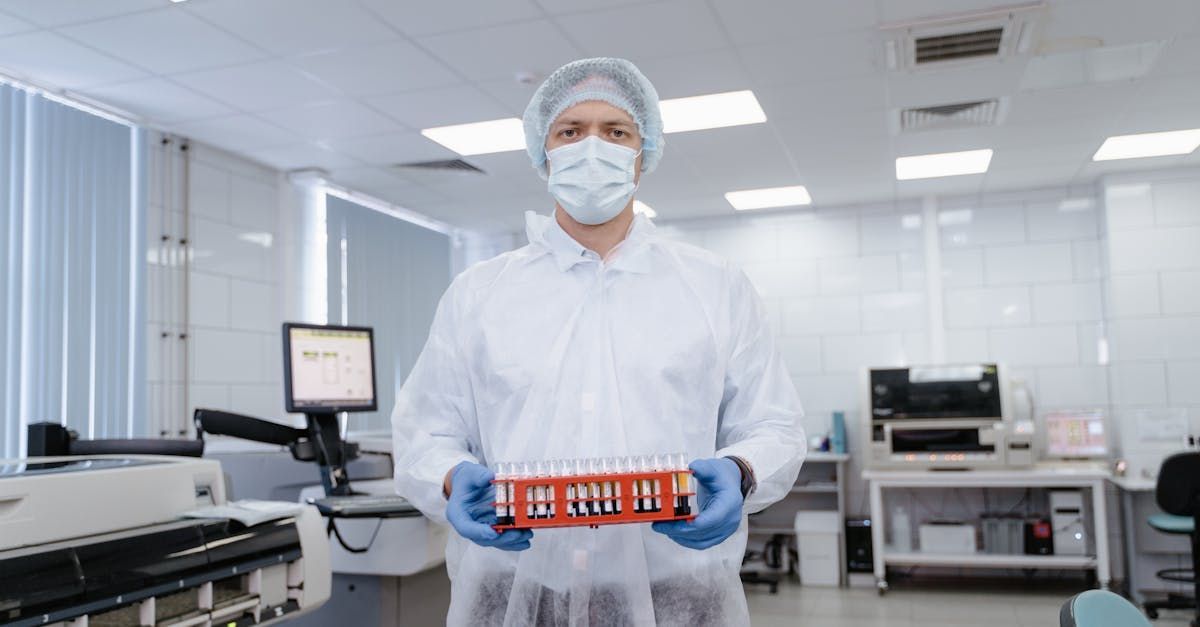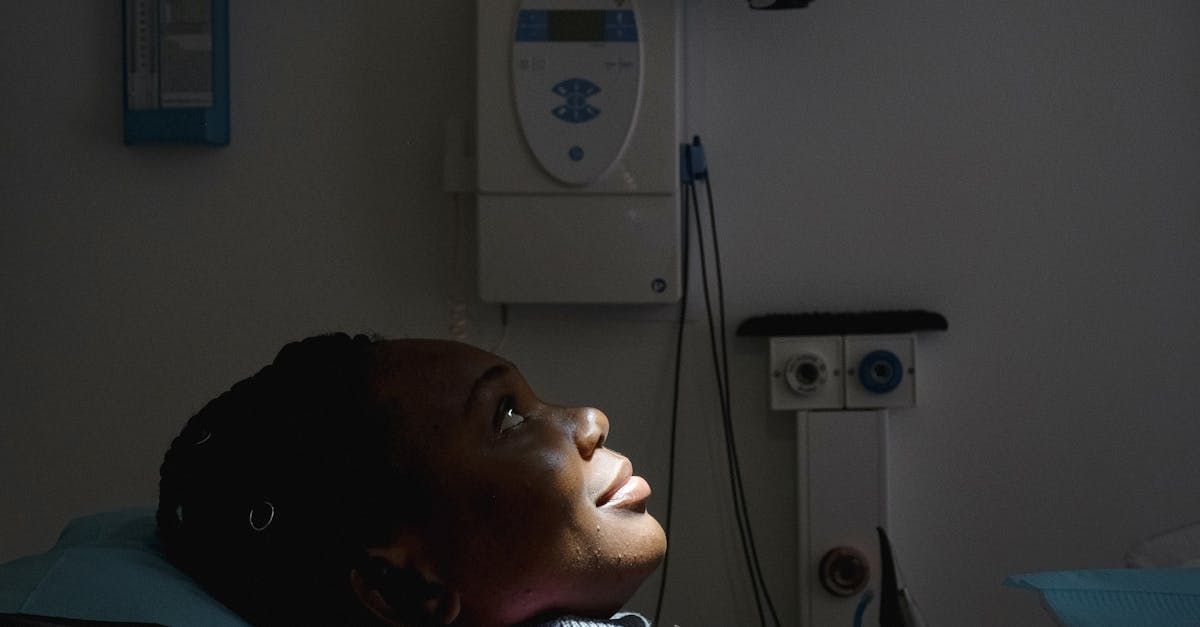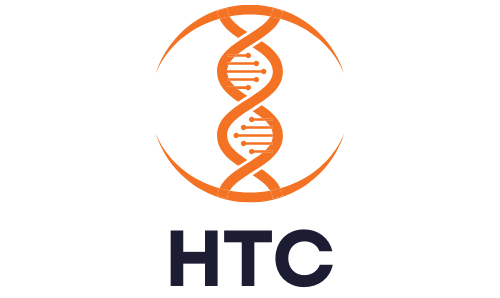Financial and Market Analysis of Health Technology Sectors
The health technology (HealthTech) sector spans a diverse array of innovations aimed at enhancing healthcare delivery, improving patient outcomes, and optimizing the management of healthcare services. Key areas include telemedicine, wearable devices, digital therapeutics, artificial intelligence (AI) in healthcare, electronic health records (EHRs), and robotics. Understanding the financial performance and market potential of these sectors is crucial for investors. Detailed analysis of revenue growth, market trends, investment opportunities, and potential risks equips investors to make informed decisions, capitalize on growth opportunities, and mitigate risks effectively. This blog delves into the financial and market potential of different HealthTech sectors, providing valuable insights for investors navigating this dynamic landscape.
Market Overview of Health Technology
Definition and Scope
HealthTech is a broad field encompassing various technological innovations designed to improve healthcare delivery, patient outcomes, and healthcare system efficiency. Key sectors include:
- Telemedicine: Digital tools for remote clinical services like virtual consultations, remote diagnostics, and telehealth platforms.
- Wearable Devices: Devices such as fitness trackers, smartwatches, and health monitors for continuous tracking of health metrics.
- Digital Therapeutics: Software-based interventions to treat, manage, or prevent medical conditions, complementing traditional treatments.
- AI in Healthcare: Machine learning and predictive analytics for improved diagnostics, personalized treatment plans, and enhanced patient care.
- EHRs: Digital versions of patient charts providing real-time, patient-centered records for authorized users.
- Robotics and Automation: Robotic surgery, automated diagnostics, and hospital automation systems enhancing precision and efficiency.
Market Size and Growth Projections
The HealthTech market is expanding rapidly, with significant growth expected in the coming decade.
- Current Market Size: Valued at approximately $96.5 billion in 2021.
- Projected Growth: Expected to reach $639.4 billion by 2028, with a compound annual growth rate (CAGR) of 27.7%.
Key Drivers of Market Growth:
- Technological Advancements: Innovations in AI, machine learning, big data analytics, and IoT.
- Increasing Healthcare Demand: Aging global population, rising prevalence of chronic diseases, and need for efficient healthcare delivery.
- COVID-19 Pandemic Acceleration: Boost in digital health technologies adoption like telemedicine and remote patient monitoring.
Understanding these sectors, their market size, and the factors driving their growth is crucial for investors looking to capitalize on opportunities in the HealthTech industry. This knowledge sets the stage for exploring the financial performance and market potential of individual HealthTech sectors.
Financial Performance of Key HealthTech Sectors
Telemedicine
The telemedicine market has seen exponential growth, catalyzed by the COVID-19 pandemic. Valued at approximately $41.4 billion in 2019, it is expected to reach $155.1 billion by 2027, with a CAGR of 15.1%. Increased demand for remote healthcare services and advancements in telecommunication technologies drive this growth. Key players include Teladoc Health, Amwell, and Doctor on Demand. Teladoc Health reported a 98% year-over-year revenue increase to $1.09 billion in 2020. Substantial venture capital investments in telehealth startups, including Teladoc’s $18.5 billion acquisition of Livongo, highlight strong investor confidence in the sector.
Wearable Devices
The wearable health devices market was valued at $27.91 billion in 2020, projected to reach $74.03 billion by 2026, with a CAGR of 18.0%. Increasing consumer demand for fitness and health monitoring devices is a significant growth driver. Prominent companies include Apple, Fitbit, and Garmin. Apple’s Apple Watch leads in market share and revenue, significantly contributing to Apple's financial performance. Fitbit, acquired by Google for $2.1 billion, and Garmin show robust performance in health monitoring device adoption. Wearable health devices positively impact healthcare costs and patient outcomes by enabling continuous health monitoring and early detection of health issues.
Digital Therapeutics
Digital therapeutics (DTx) use software-based interventions to prevent, manage, or treat medical conditions. Valued at $2.88 billion in 2019, the market is projected to reach $13.80 billion by 2027, with a CAGR of 20.5%. Companies like Livongo and Omada Health lead this sector, generating revenue through subscription models, licensing fees, and partnerships with healthcare providers and payers. Livongo, focused on chronic condition management, saw significant success before its $18.5 billion acquisition by Teladoc. Omada Health offers digital behavioral medicine, expanding its reach in the digital therapeutics market.
AI in Healthcare
AI applications in healthcare transform diagnostics, treatment planning, and patient care, improving efficiency and outcomes. Valued at $6.9 billion in 2020, the AI in healthcare market is expected to reach $67.4 billion by 2027, with a CAGR of 41.7%. Leading companies include IBM Watson Health, Tempus, and Zebra Medical Vision. IBM Watson Health enhances diagnostics and treatment planning using AI, while Tempus uses AI to analyze clinical and molecular data for personalized cancer treatment. Zebra Medical Vision employs AI for medical imaging diagnostics, continually growing its AI capabilities through substantial venture capital.
Investment Trends in Health Technology
Venture Capital and Private Equity
Venture capital (VC) funding significantly boosts HealthTech growth, with increased investments aimed at fostering innovation and scaling operations. HealthTech startups raised a record $21.6 billion in venture funding in 2020. Significant VC funding and exits include Livongo's $18.5 billion acquisition by Teladoc, Butterfly Network's $350 million funding before its SPAC merger, and Ro's $876 million Series D funding.
Public Markets
HealthTech companies’ public market performance varies, with some achieving significant valuations post-IPO. The COVID-19 pandemic boosted telehealth and remote monitoring companies. Notable IPOs include Oscar Health’s $1.4 billion IPO in March 2021 and Hims & Hers Health’s SPAC merger valued at $1.6 billion.
Mergers and Acquisitions
Mergers and acquisitions (M&As) are strategic for growth and consolidation within HealthTech. Key M&As include Teladoc Health and Livongo’s $18.5 billion merger and Google’s $2.1 billion acquisition of Fitbit, expanding its health and fitness ecosystem.
Market Potential and Future Outlook
Emerging markets offer significant opportunities for HealthTech growth, particularly where healthcare access is limited. Technological advancements, including 5G and blockchain, will revolutionize HealthTech, driving market growth and creating new opportunities. Investors should stay informed about market trends and technological advancements to capitalize on the HealthTech sector's potential.
Conclusion
The HealthTech sector presents vast investment opportunities driven by technological advancements, increasing healthcare demand, and pandemic-accelerated digital health adoption. By understanding the financial performance and market potential of various HealthTech sectors, investors can navigate this dynamic landscape, making informed decisions to capitalize on growth opportunities and mitigate risks effectively.










